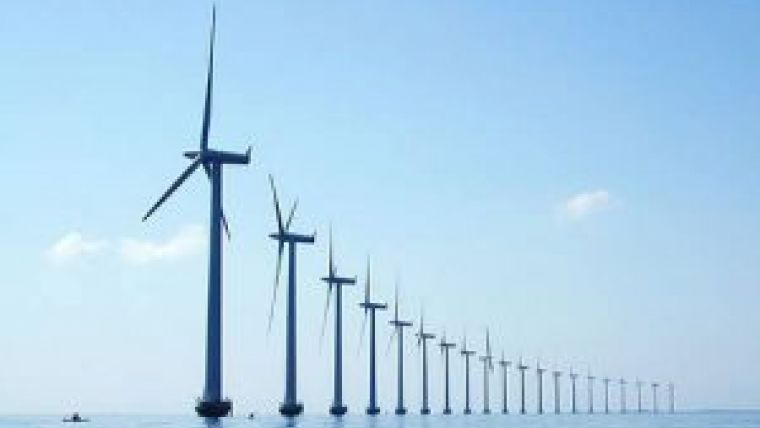Offshore Wind Heads for Record Year
In the first half of 2010 118 new offshore wind turbines were fully connected to the grid according to new statistics released by the European Wind Energy Association (EWEA). Those turbines have a capacity of 333MW, well over half the 577MW installed offshore last year - showing continuing strong growth in offshore wind power despite the financial crisis. In addition, 151 turbines (440MW) were installed but not yet connected to the grid, EWEA revealed.
Overall sixteen offshore wind farms totalling 3,972MW were under construction. Of these, four became fully operational: Poseidon in Denmark, Alpha Ventus in Germany, Gunfleet Sands and Robin Rigg in the UK.
To date in Europe there are 948 offshore wind turbines in 43 fully operational offshore wind farms, with a total capacity of 2,396MW.
Among the developers, E.ON Climate and Renewables developed 64% of the offshore capacity grid connected during the first half of 2010, followed by DONG (21%) and Vattenfall (11%). Among the manufacturers, Siemens accounted for 55% of the offshore capacity grid connected during the first half of 2010, Vestas 36% and REpower 30.9%.
"Despite the financial crisis, offshore wind continues to be a major growth industry", said Justin Wilkes, Director of Policy at EWEA. "The number of offshore wind turbines connected to the grid in the first half of this year is well over half the total amount installed all last year and I am confident we are heading for a record year.
"There is no doubt this burgeoning industry is being held back by a lack of finance. Projects led by utilities are less affected thanks to their ability to fund investments from their balance sheets, but independent developers are severely constrained. Loans from public institutions such as the European Investment Bank are crucial and have already helped a number of projects, and this support must be extended further."
"Europe is a world leader in offshore wind energy, and continuing growth - and the availability of finance - is essential for European jobs and competitiveness as well as for reducing CO² emissions."














